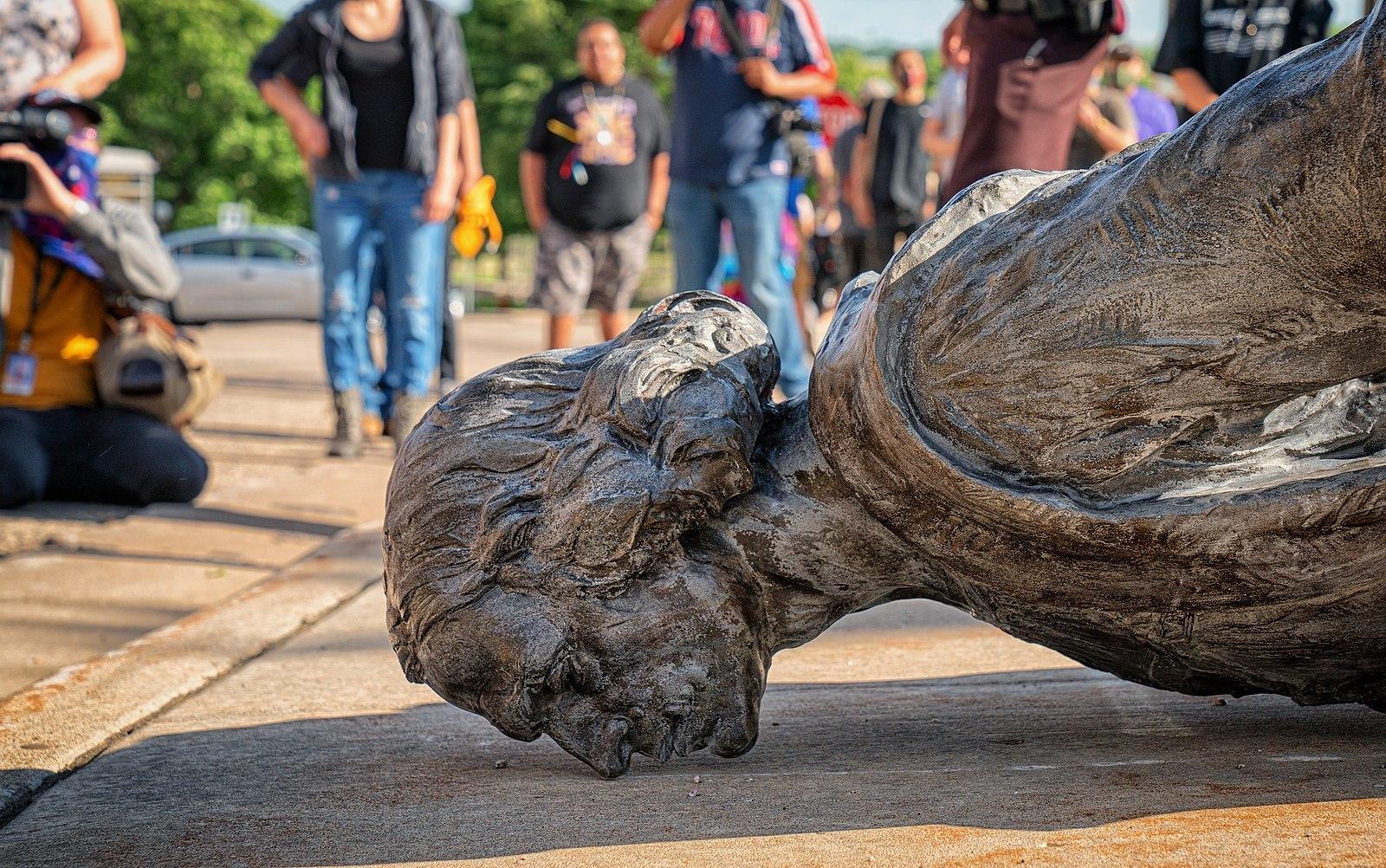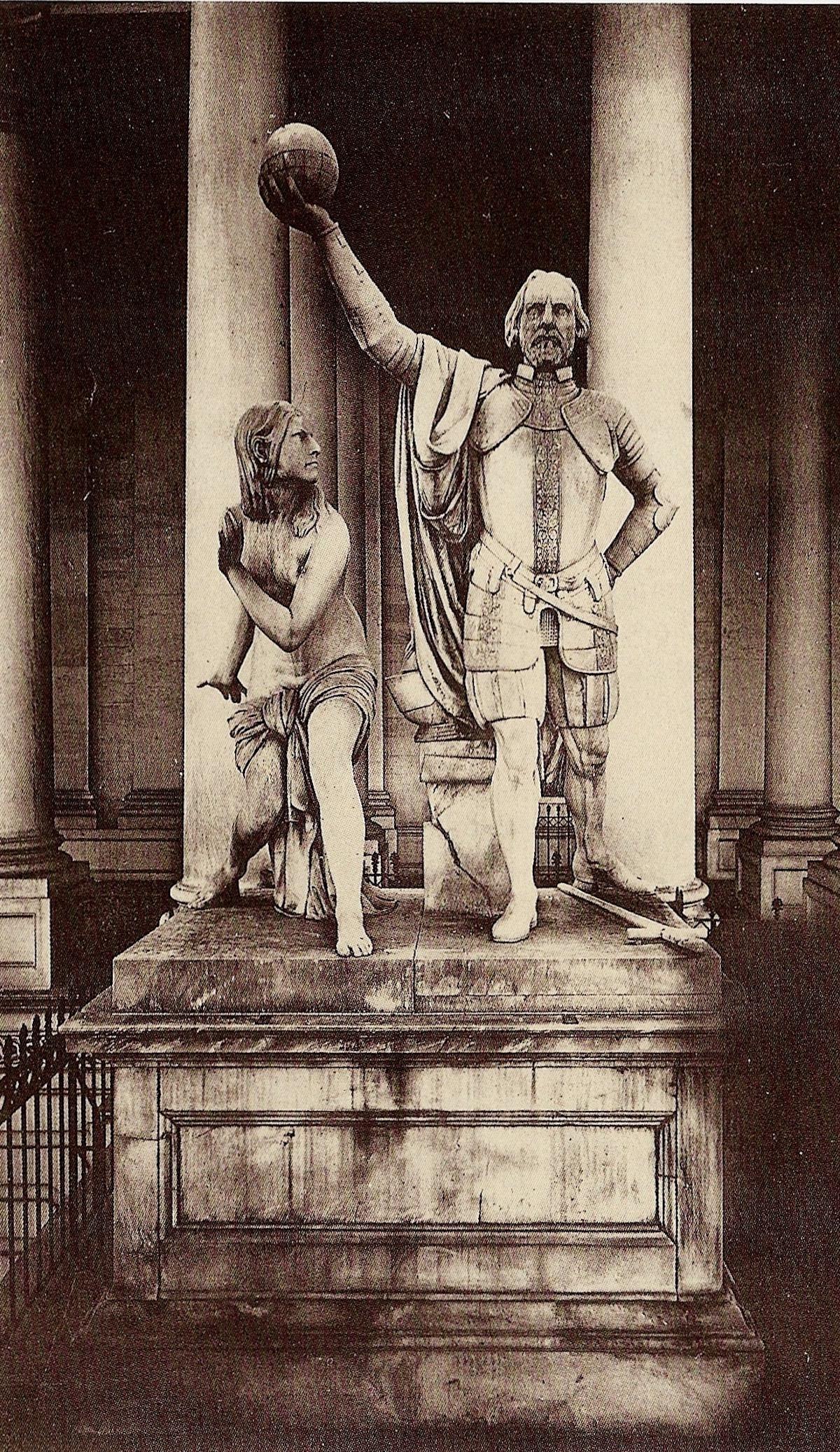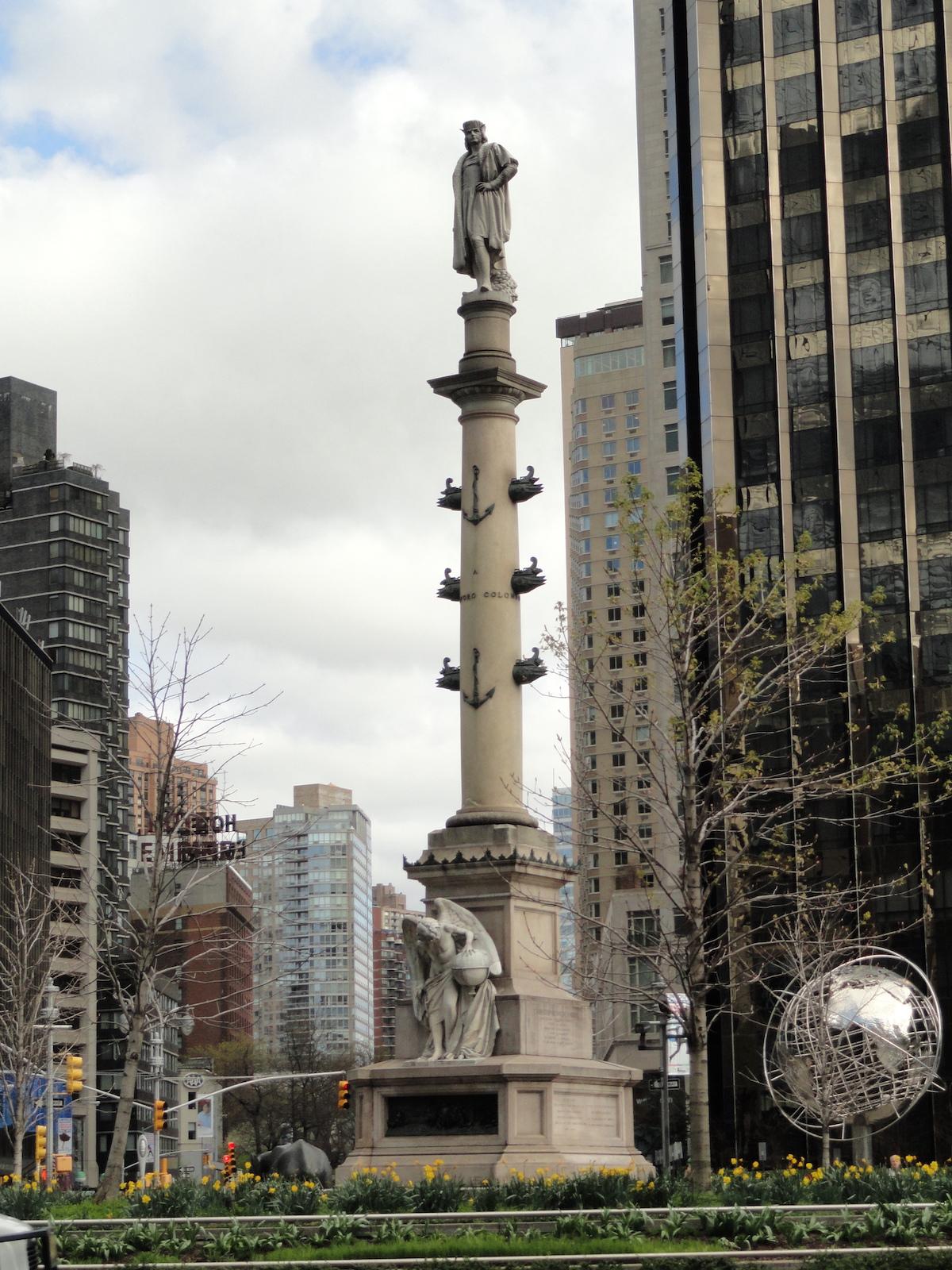A Brief History of Columbus and his Voyages
Christopher Columbus first landed in the New World in 1492. He subsequently made three more voyages back to the Americas, during which time he encountered, enslaved, and tortured Indigenous peoples. Calling the native inhabitants “Indians,” Columbus imposed extreme brutality in the form of violence and slavery. On his first day in the Bahamas, Columbus wrote in his journal that the native people would be “good servants” and would “become Christians very easily.” After that, things only got worse for the Indigenous people, whose lives were upended forever.
From the Bahamas, Columbus subsequently visited other nearby islands now known as Cuba, Haiti, and Hispaniola. Columbus declared himself governor and viceroy of the Indies, allowing his crew to force the Indigenous people into slavery and to convert to Christianity. The Europeans also brought over many diseases that have had long-term effects on the native people in the Americas.
































